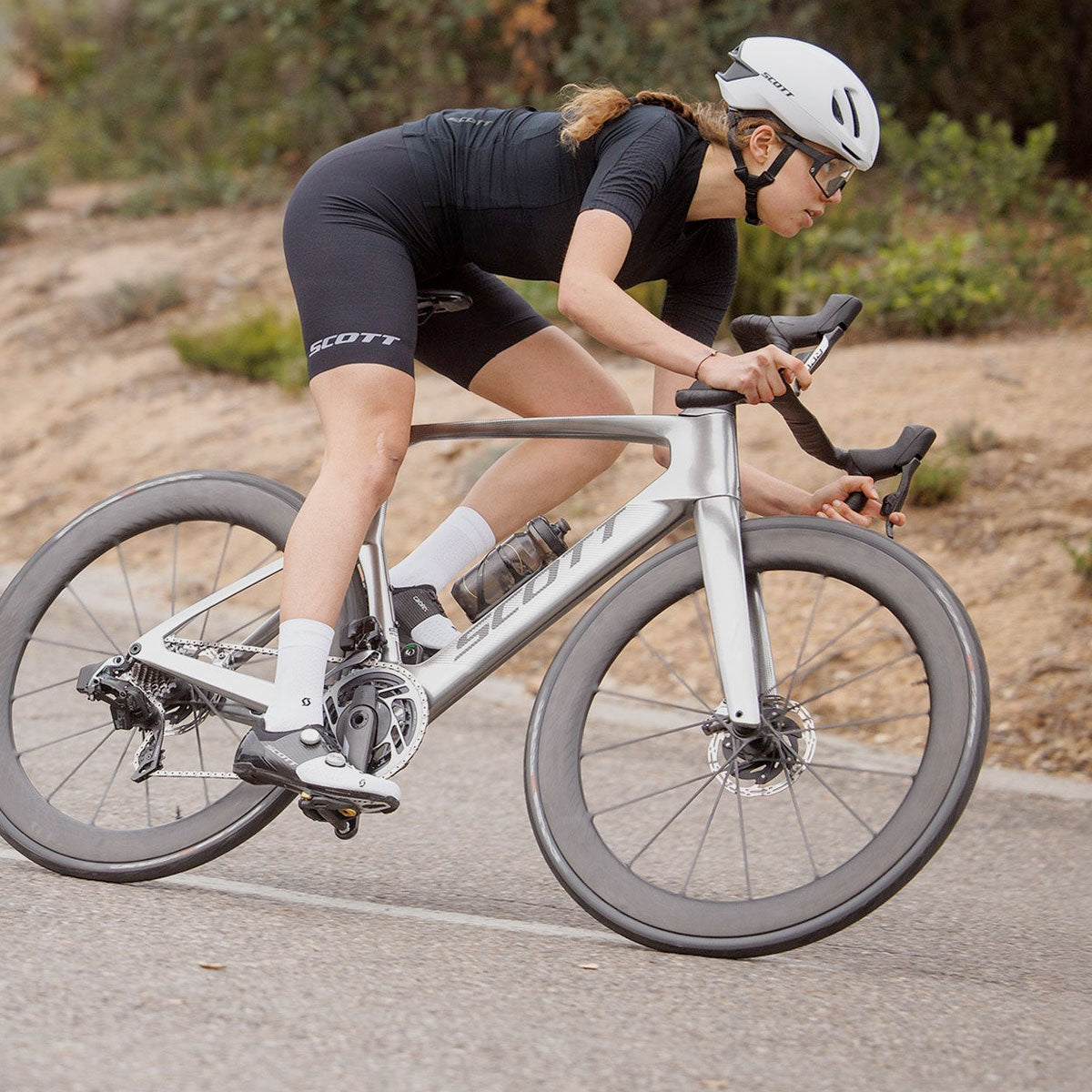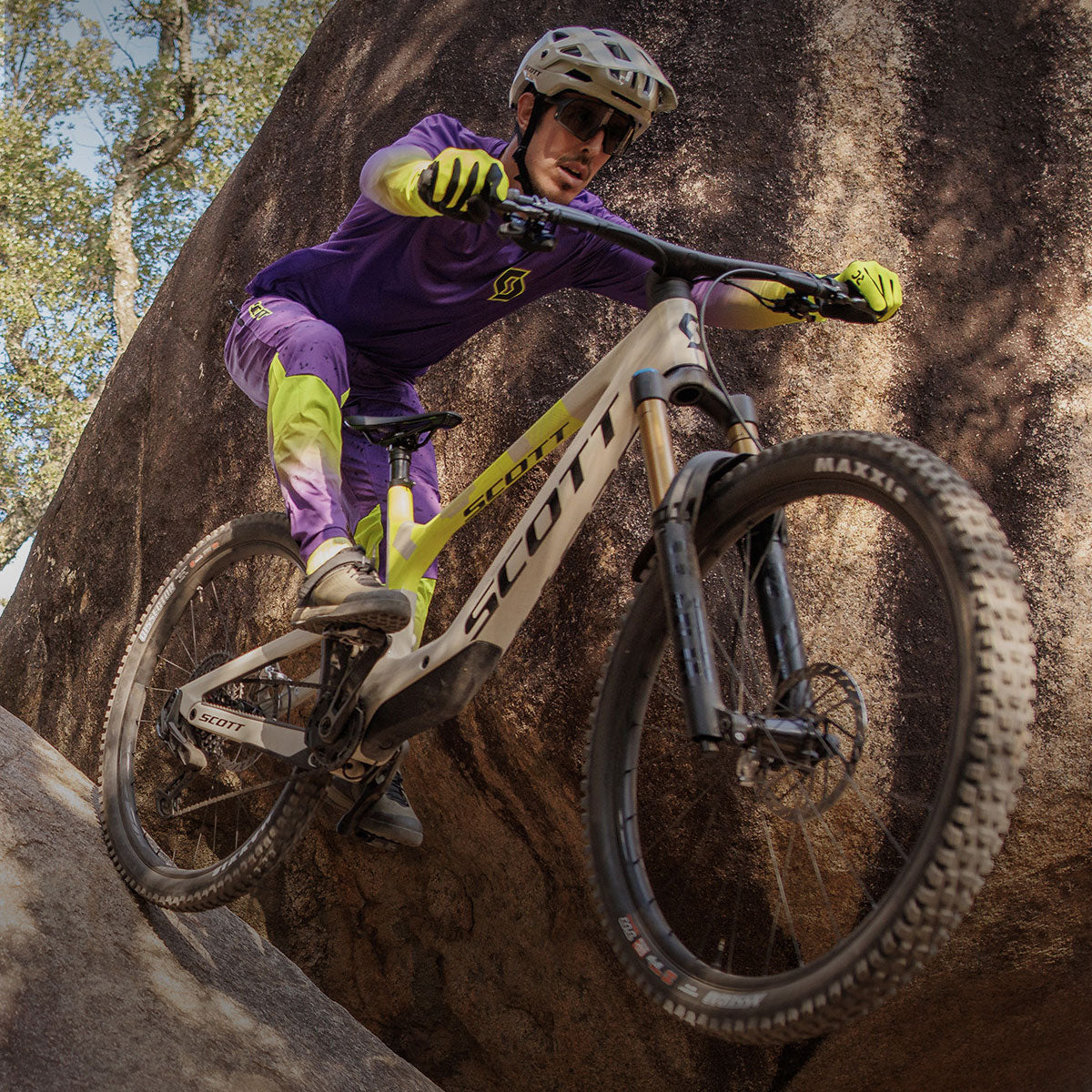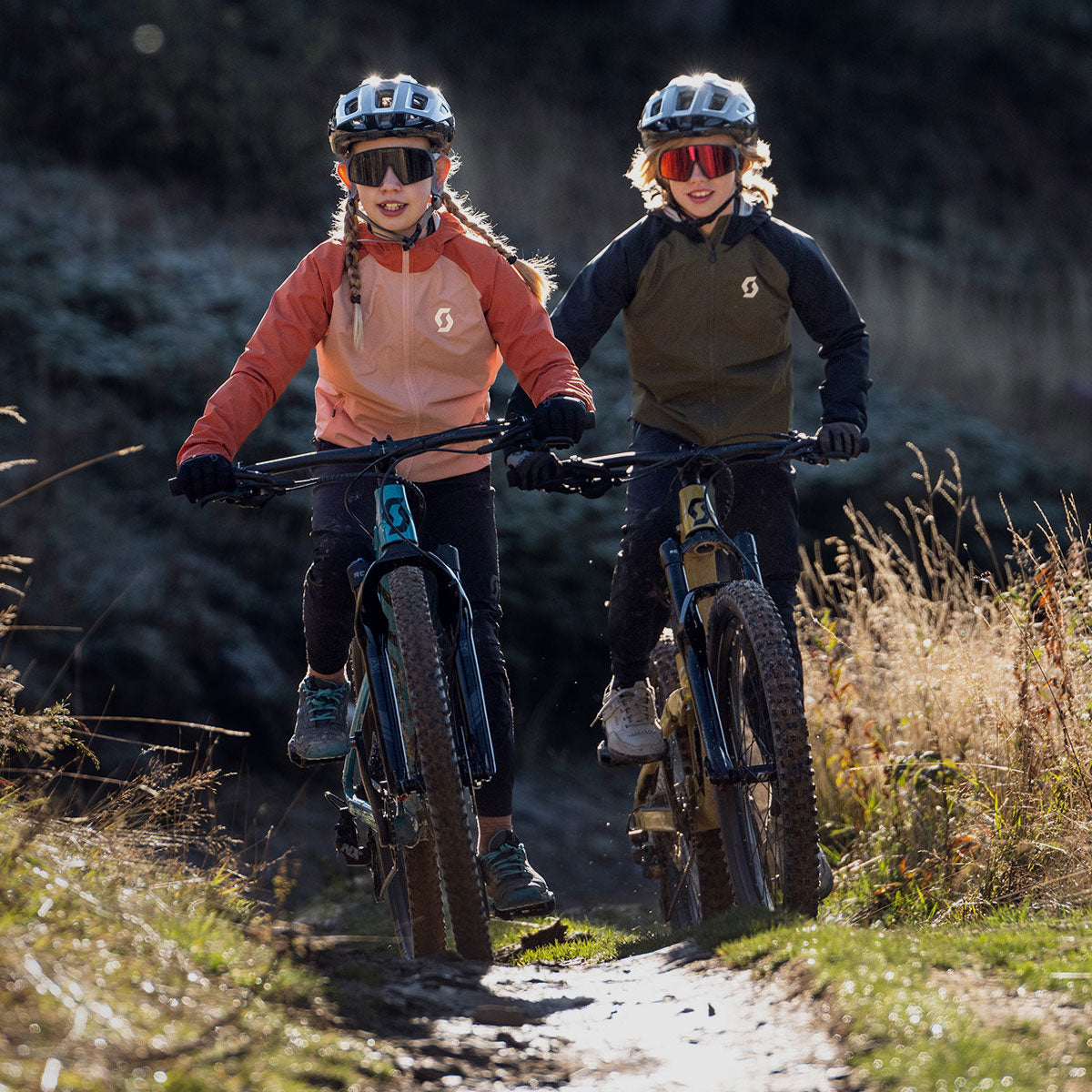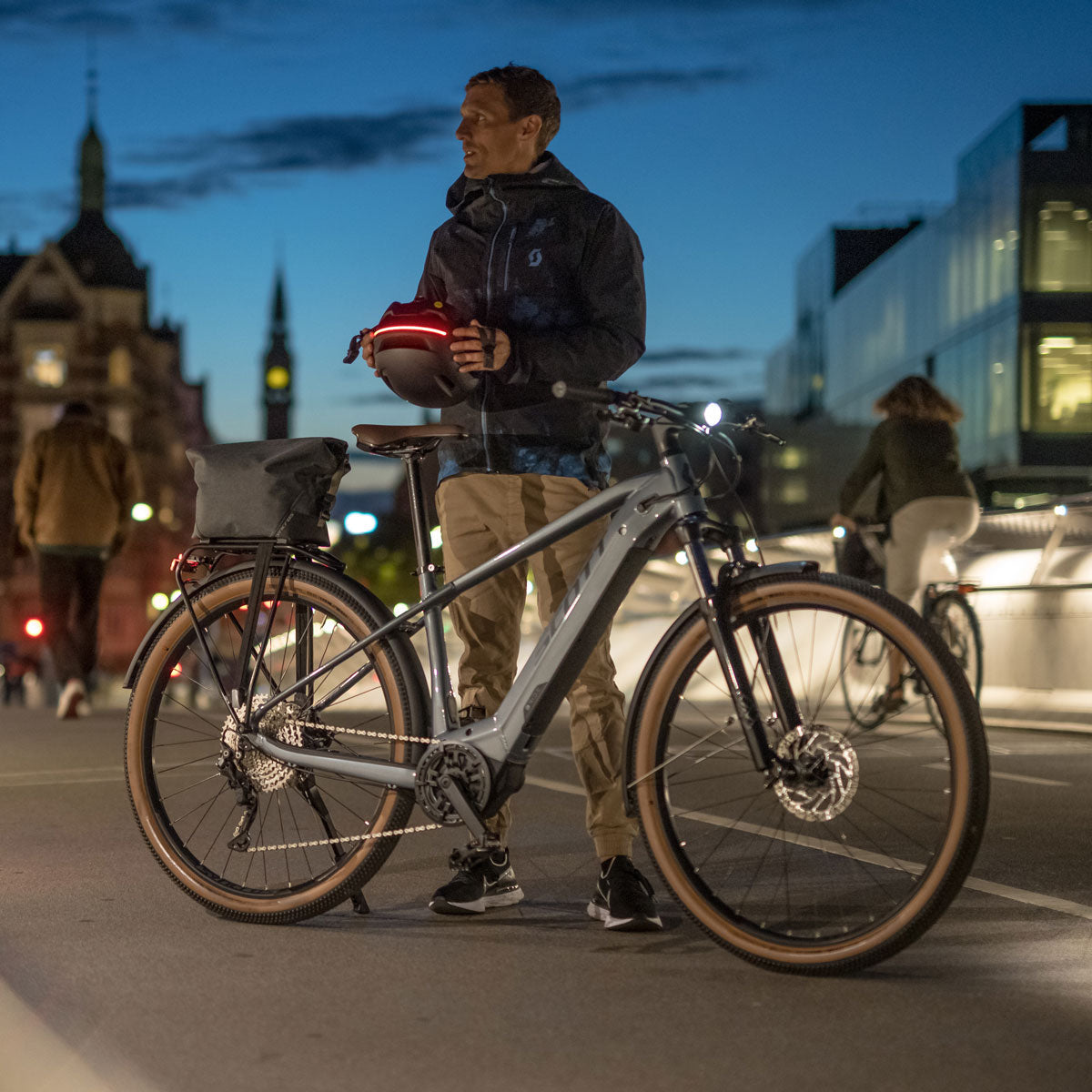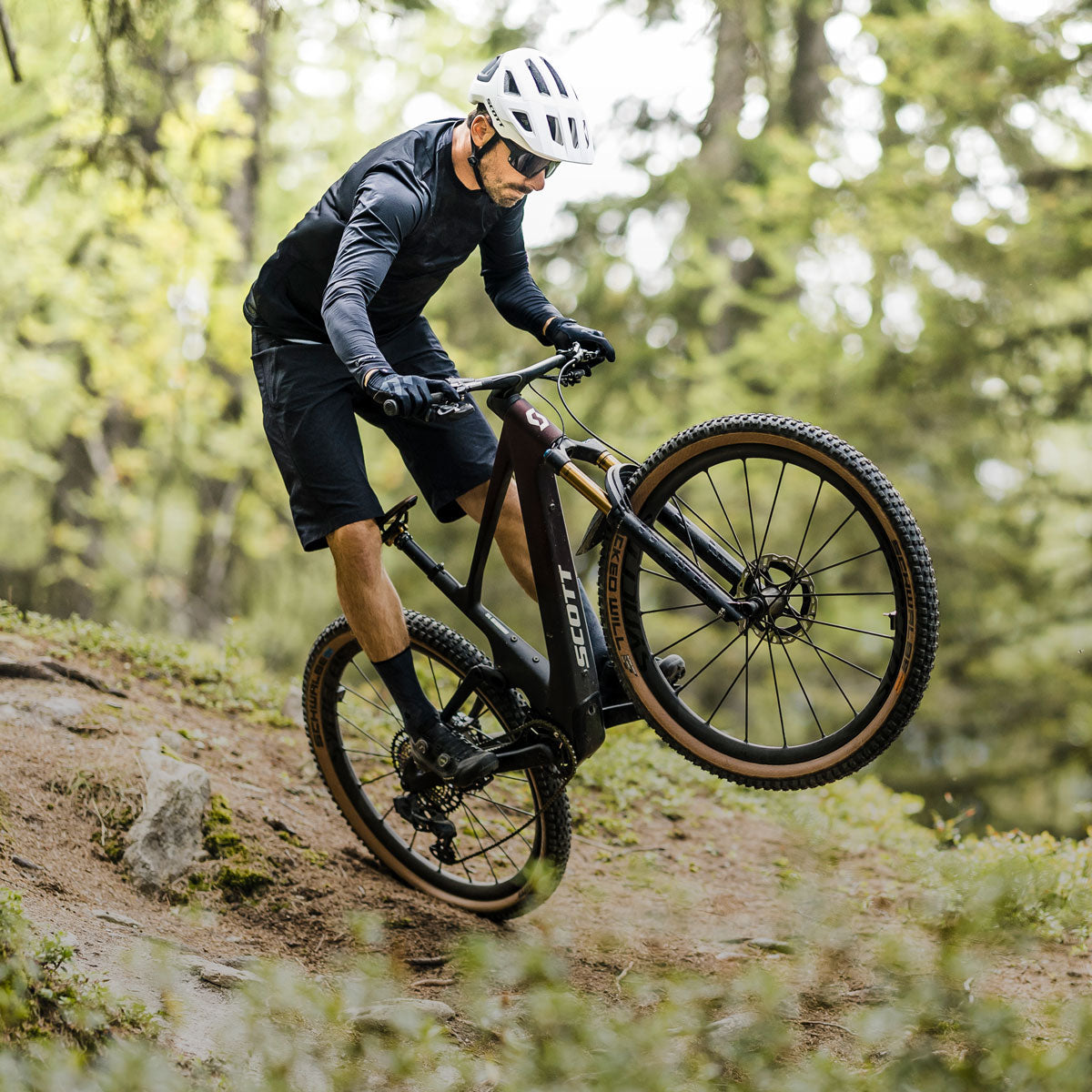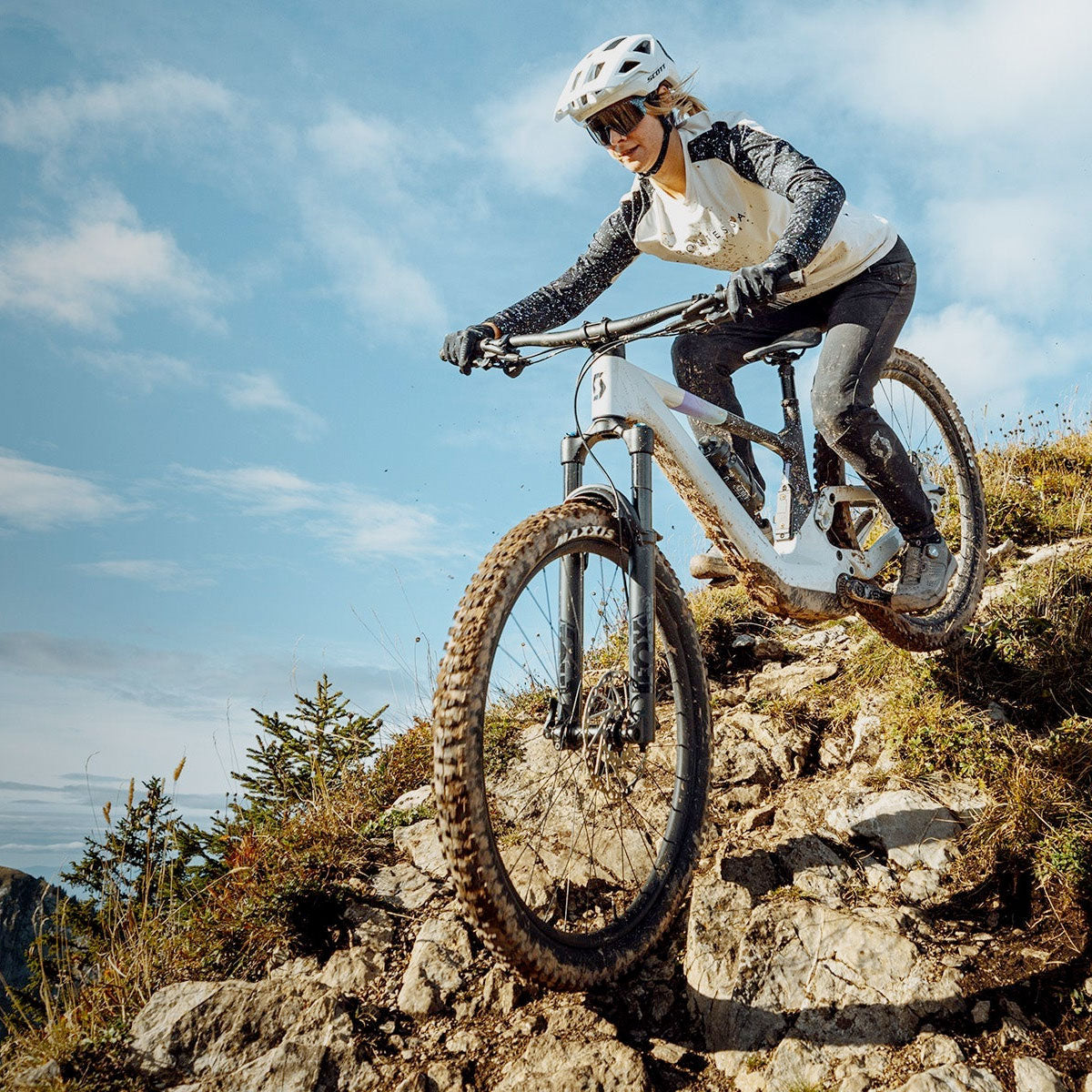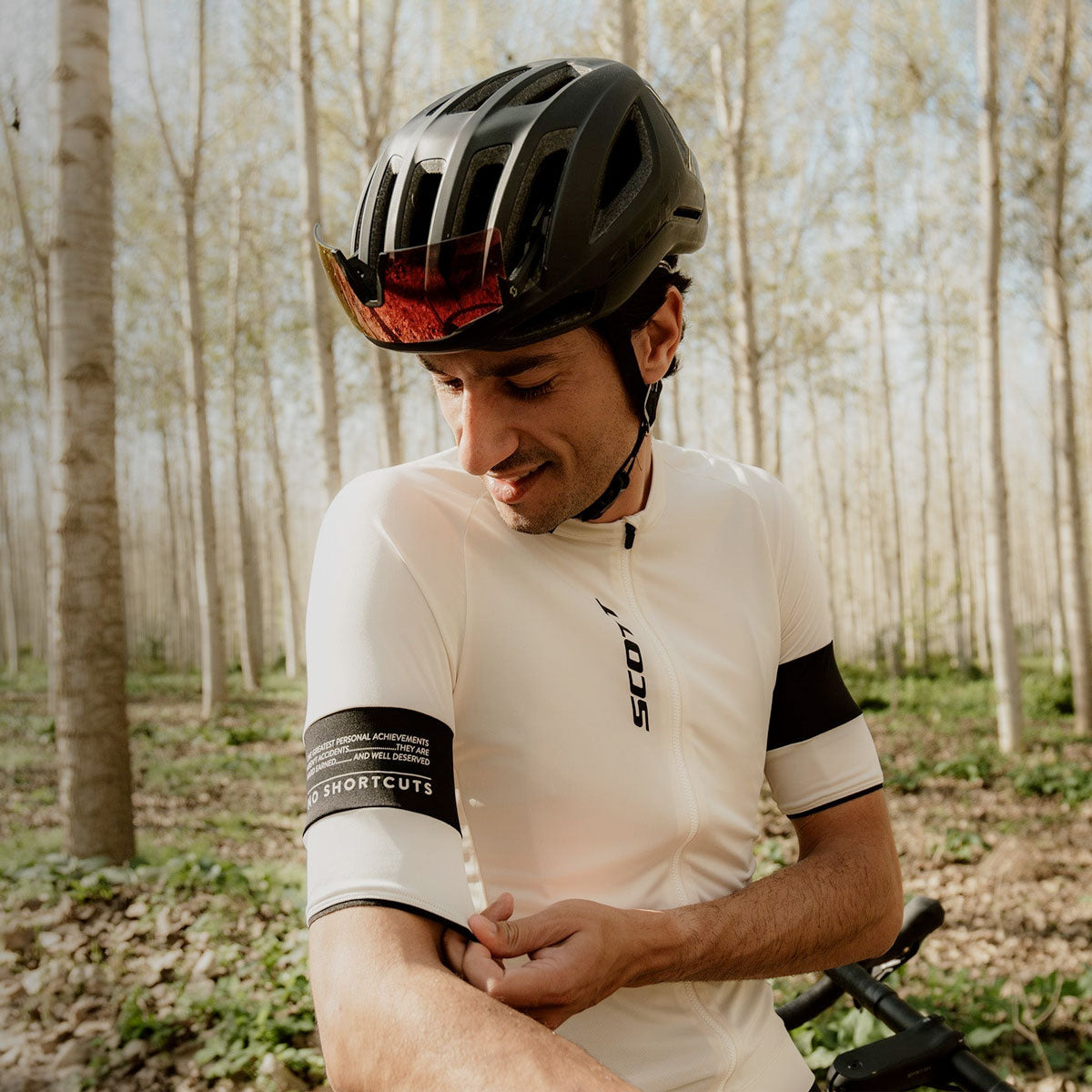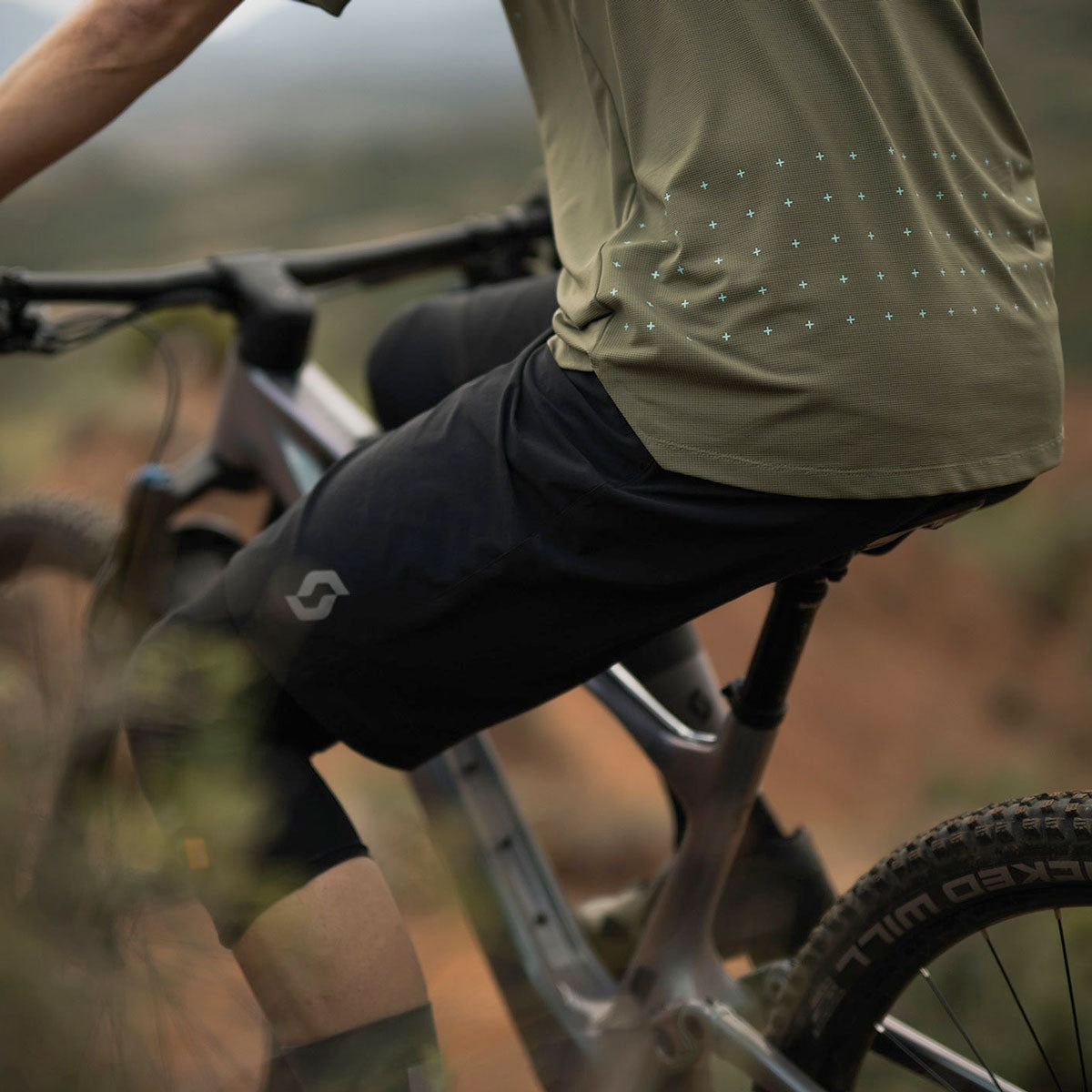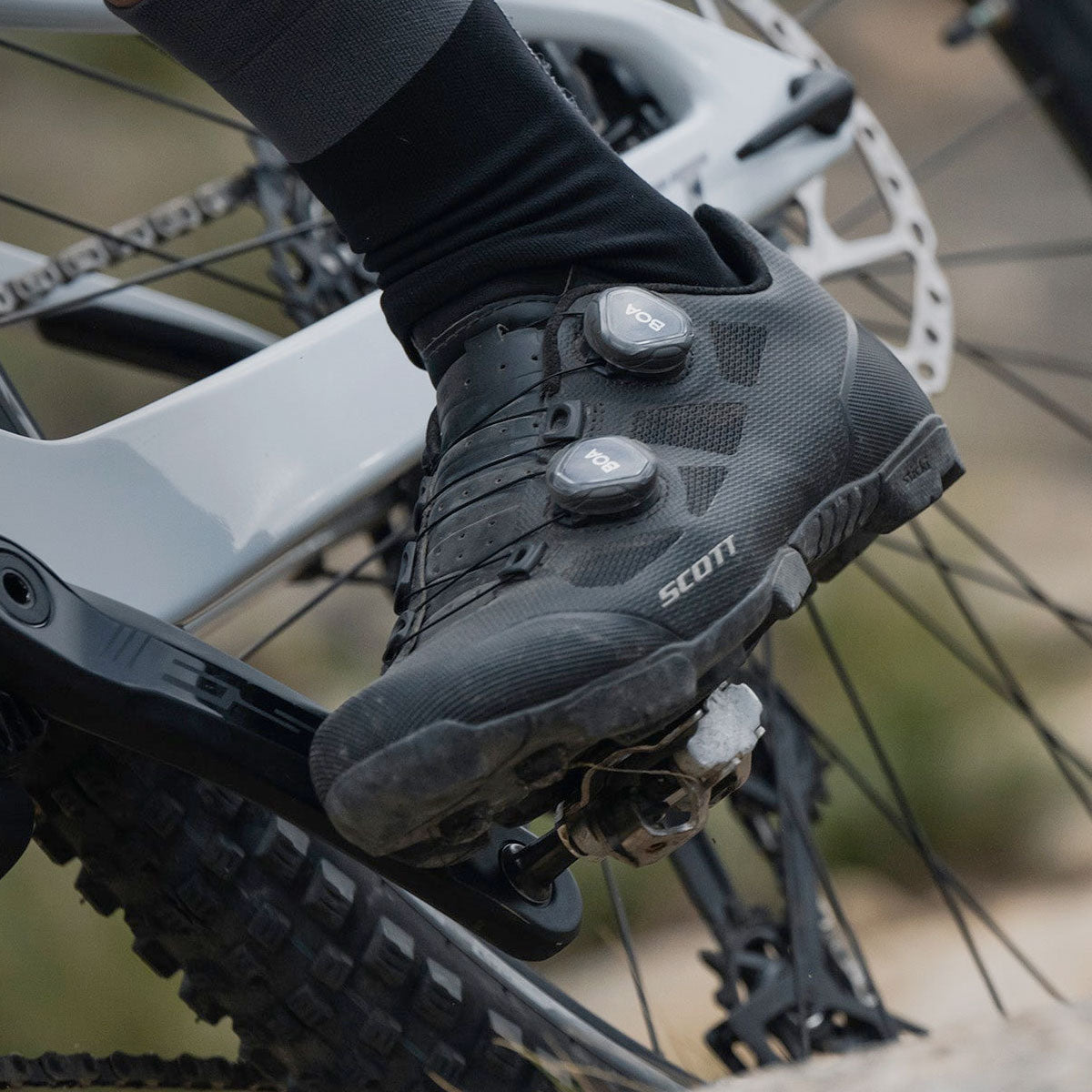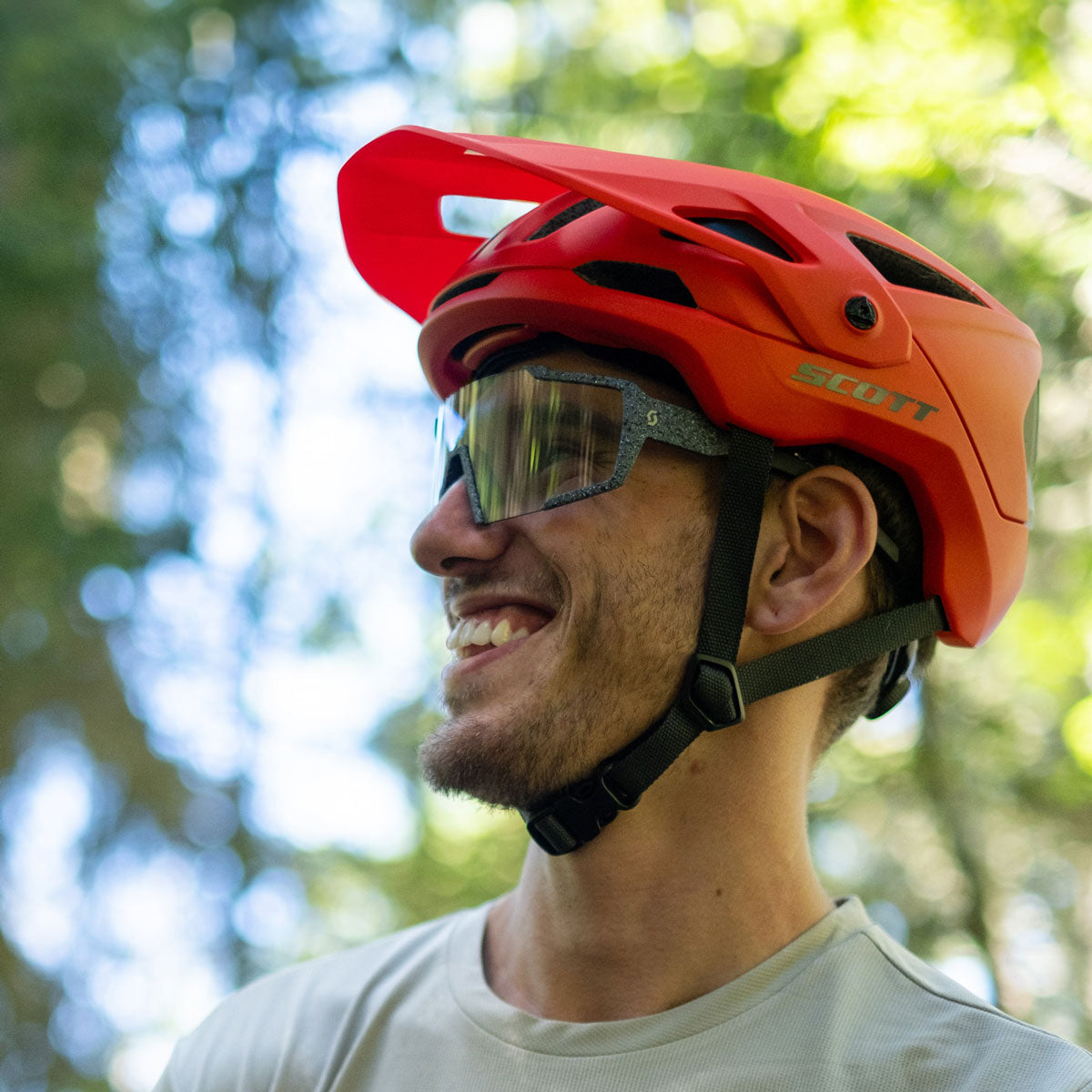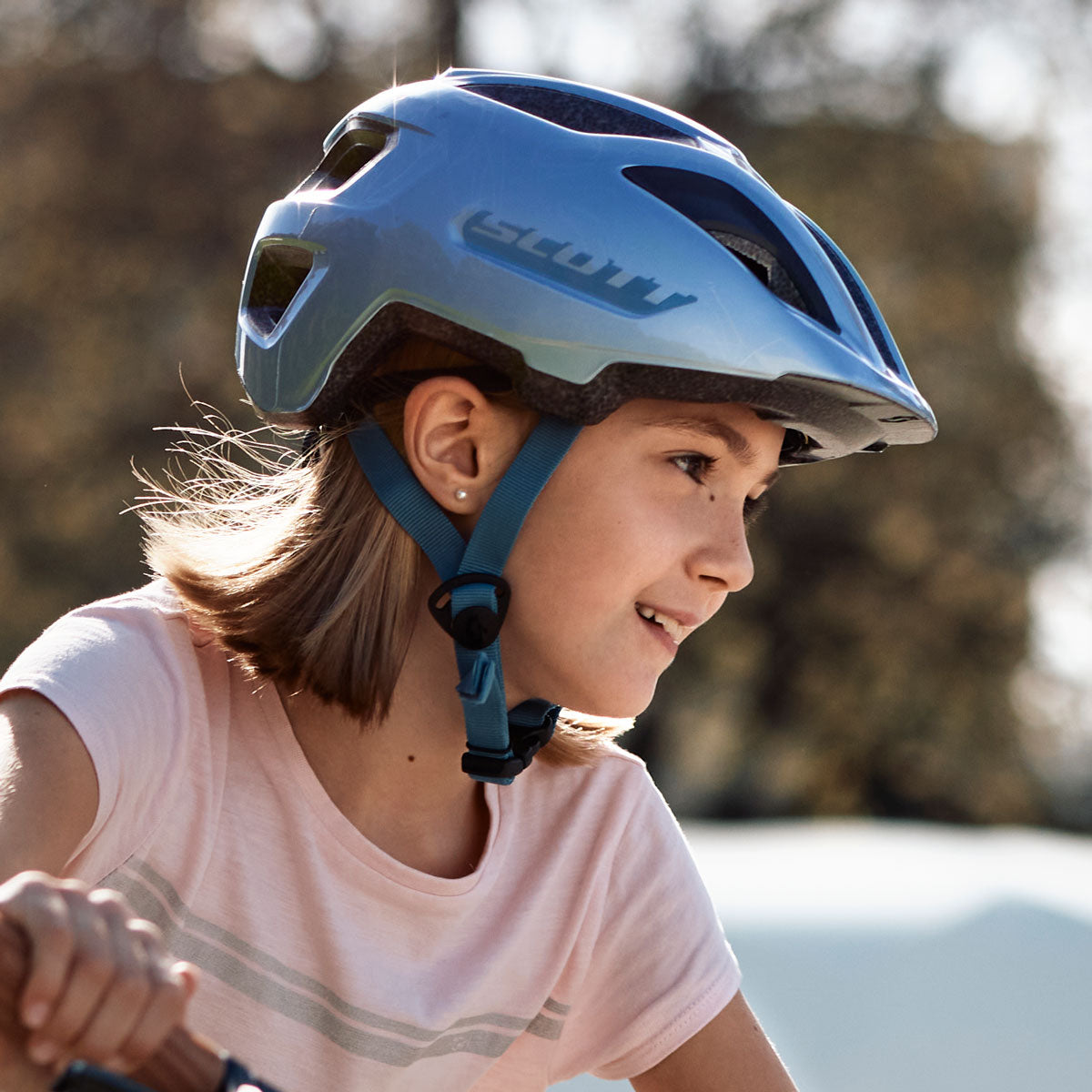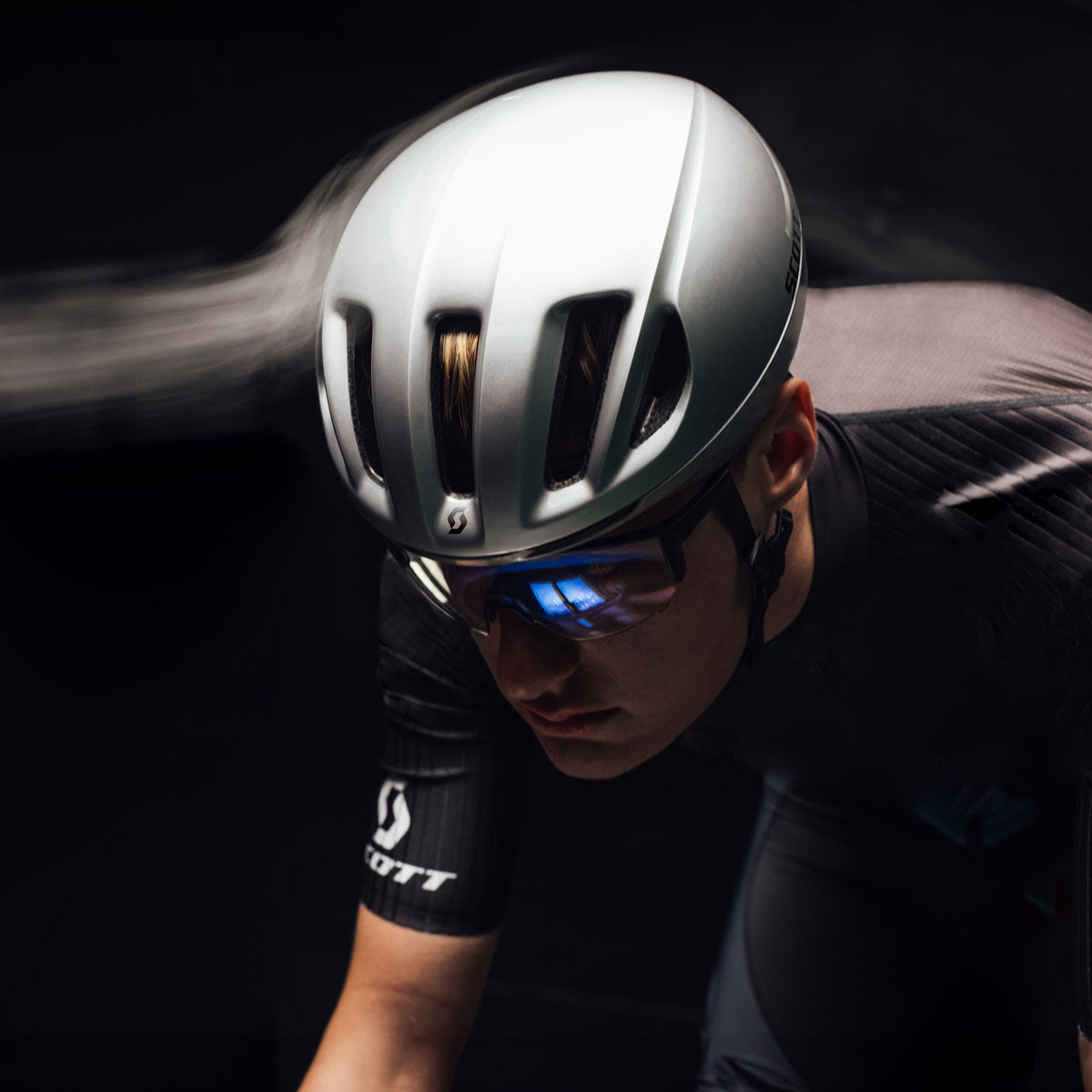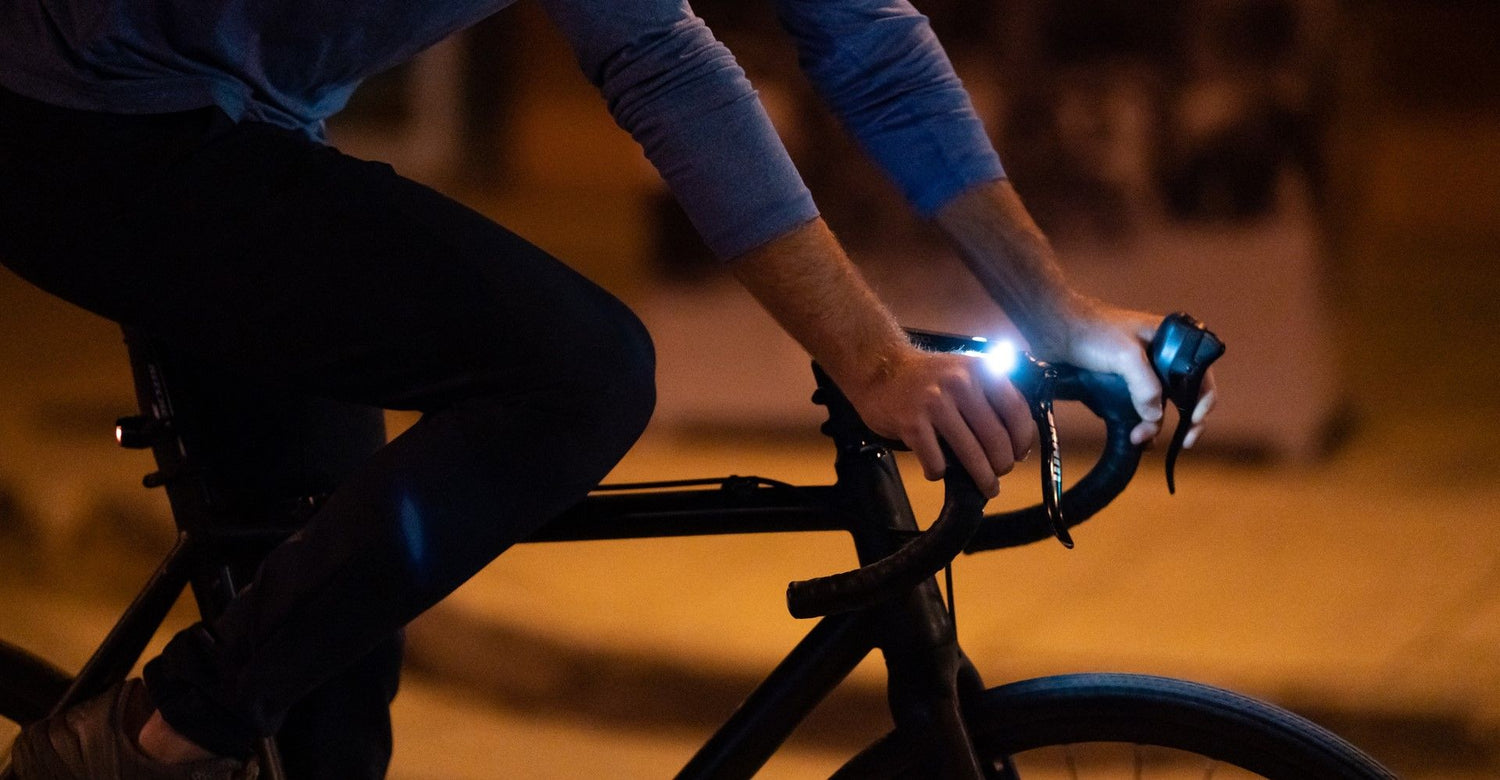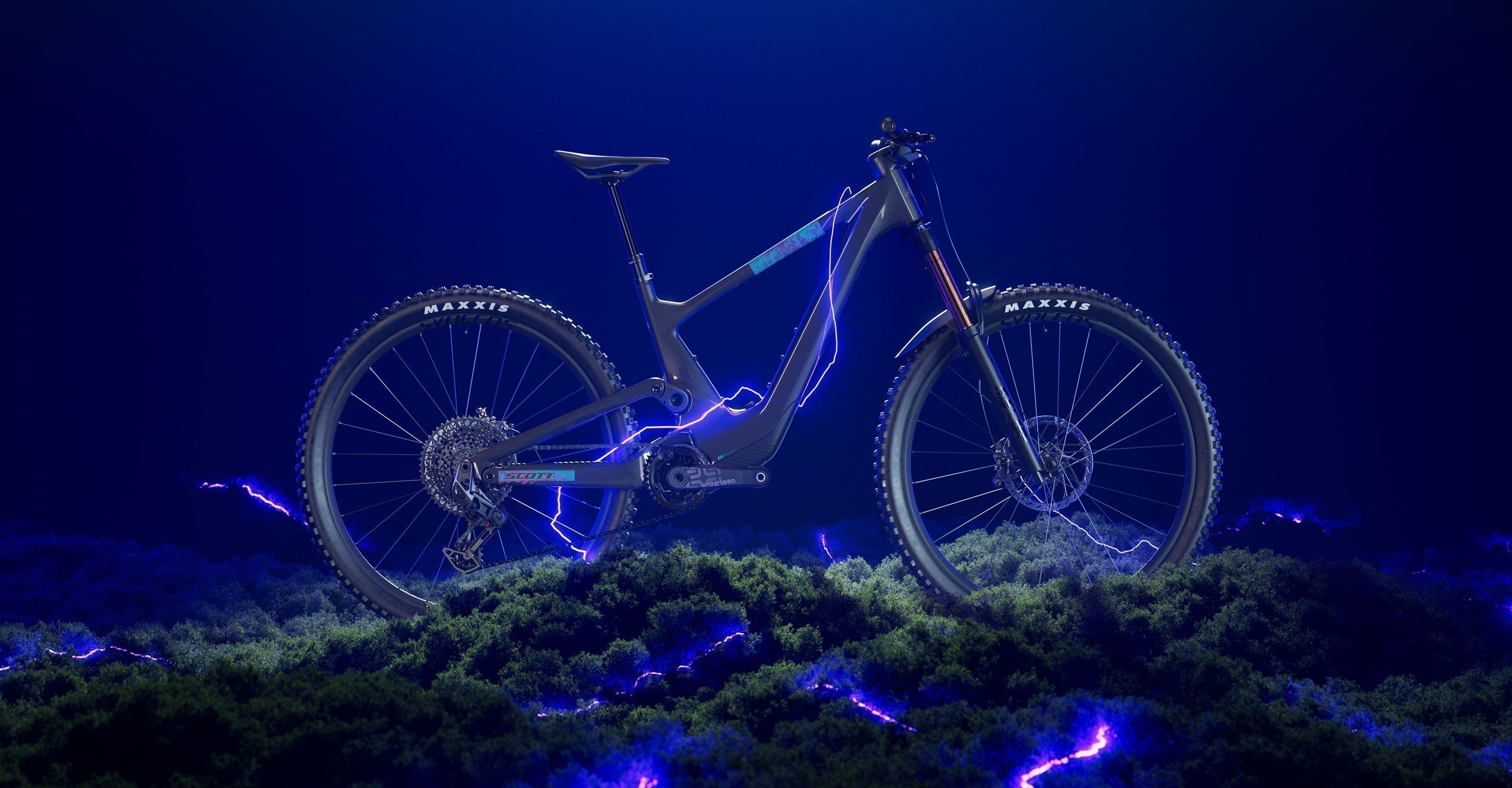With the recent boom in the bicycle industry, we are stoked to see the influx of riders out on paths and trails. Being able to jump on a bike has helped maintain physical and mental health for so many of us over the last 12 months.
Contrary to common belief, riding outdoors is not just a Summer activity. Riding your bike is still a great form of transport, exercise, and fun, rain, hail or shine! However, things can get pretty miserable, and even dangerous, if you’re not prepared for the conditions that colder weather brings. Here at My Ride, we have put together a bit of a guide for those new to Winter bike riding or need to refresh on the must haves before we delve into the cold and wet seasons.
At My Ride safety is our number one priority when it comes to bike riding. In the Winter months, there’s less daylight and the weather is overcast or rainy most of the time. The best way to cut through the gloom and grey is to make you and your bike extra visible through a combination of bright lights and eye catching clothing.

BIKE LIGHTS
We recommend always riding with your front and rear lights on, no matter the conditions - they help you see at night and be seen during the day!
When riding on roads or busy paths, your visibility to other cyclists, motorists, and pedestrians creates earlier opportunities to move out of the way and avoid collisions.
Bicycle lights are traditionally measured in lumen, or how much light is streaming through an area per second, and the more lumens, the more light that is produced. Front lights are stronger with a 400 - 1000 lumen beam whereas rear lights have less lumen output yet are coloured as an eye catching flashing red light.

Having a good light set on a road bike is more about increasing your visibility, whereas when mountain biking you want to see as far ahead as possible down the trail to avoid any nasty surprises. Trail riders should opt for a twin-light approach, a wearable light on the helmet with a high lumen light attached to the bars.
APPAREL
The cycling apparel you wear can also increase your chance of being seen on low visibility days. Many bib shorts, jerseys, helmets and gloves are available in bright colours or include reflective detailing. As well as looking the part, you’ll be easy to spot for others on the road.
BASE LAYERS
When it comes to Winter cycling clothing, think layers. Starting from the baselayer, thermal undershirts and singlets should help you stay warm and enhance the riding experience, not distract from it. Heavyweight yet breathable fabric with moisture wicking properties make for perfect base layers, keeping you warm but not trapping in sweat once you get going. Thermal bib shorts are also an option for that additional leg warmth as temperature regulation and moisture management are critical to your comfort in cold weather. Alternatively, warmers for your legs and arms can be added to your kit separately, targeting your exposed areas to keep them warm and dry.

MID-LAYERS
The next layer is your standard cycling jersey and bib shorts/ shorts outfit. Long-sleeve jerseys are available for both mountain and road riders, providing that additional layer of forearm protection from the elements. Don’t forget your hands, feet, and even your neck. Winter weight wool socks, shoe covers, gloves suited to the conditions, and a neck warmer all help to keep you comfortable and functioning at peak performance.

OUTERWEAR
The final layer to keep you warm and protected on your Winter ride is your outerwear. The key to a successful winter outfit is the combination of layers that enable you to add a shell or remove a layer when needed. There are great options for this, ranging from lightweight wind-stopper vests to compact jackets that fit in your jersey pocket when the sun comes out. For the wet weather rider, shower-proof jackets and shoe covers keep the moisture out and the heat in when the skies open up.

TYRES
The last tip regarding riding in the colder months is to make sure your tyres are appropriate. The name of the game is grip, and wet surfaces become slippery and treacherous if not riding with the appropriate traction. Opt for a wider tyre and reduce your tyre pressure for more control and grip in wet conditions.
The last thing anyone wants to do is change a tyre in winter weather so it's worth considering puncture resistant tyres for your cold weather adventures. Luckily technology has come a long way and there is a great range of tyres that create a barrier between road debris and your inner tube without feeling like you're riding on bricks.

We hope this winter clothing refresher inspires you to stay vigilant when the weather turns cold and keep up your riding routine.
Your local My Ride bike shop has a great range of cycling apparel, lights and tyres for your next ride as well as friendly knowledgeable staff that will be happy to help you with anything you've read in this article or any bike questions you have in general. Bikes for life!
